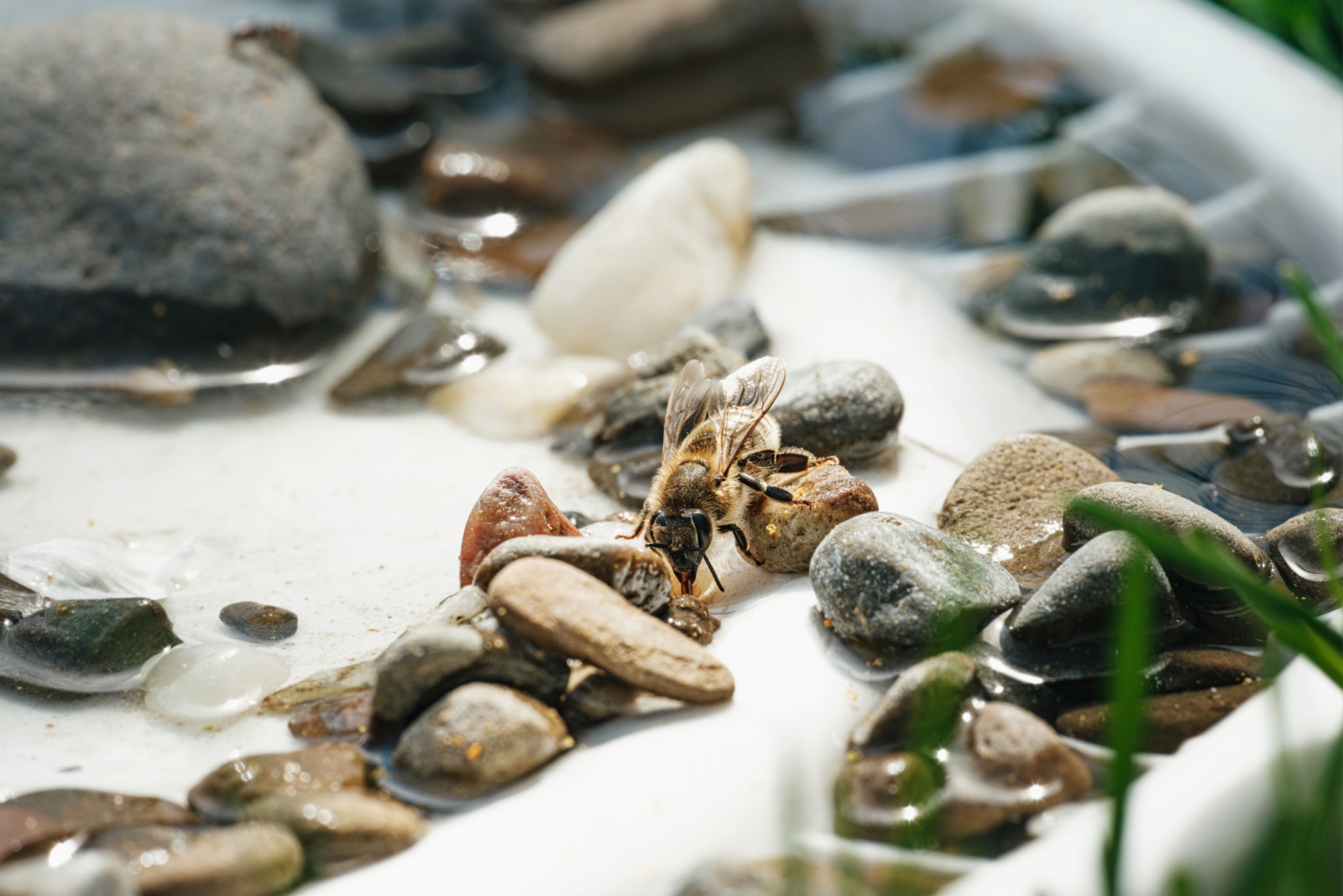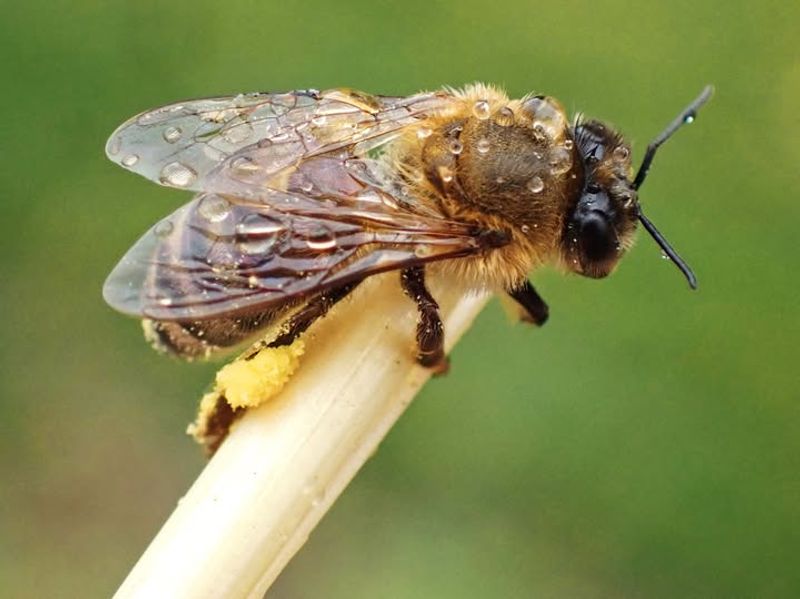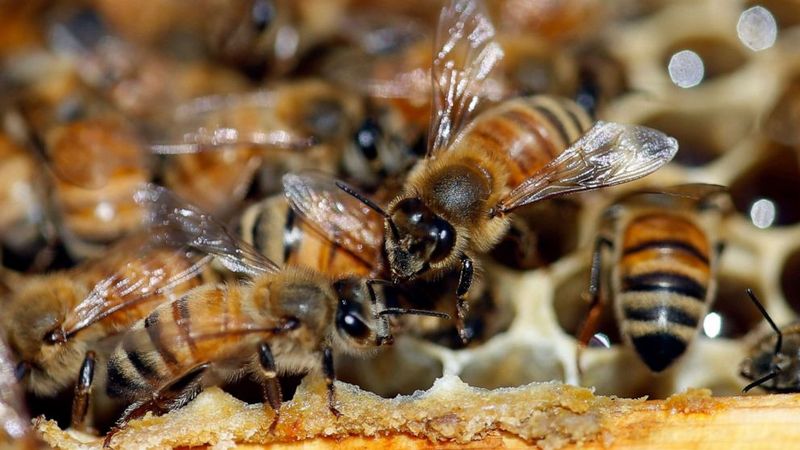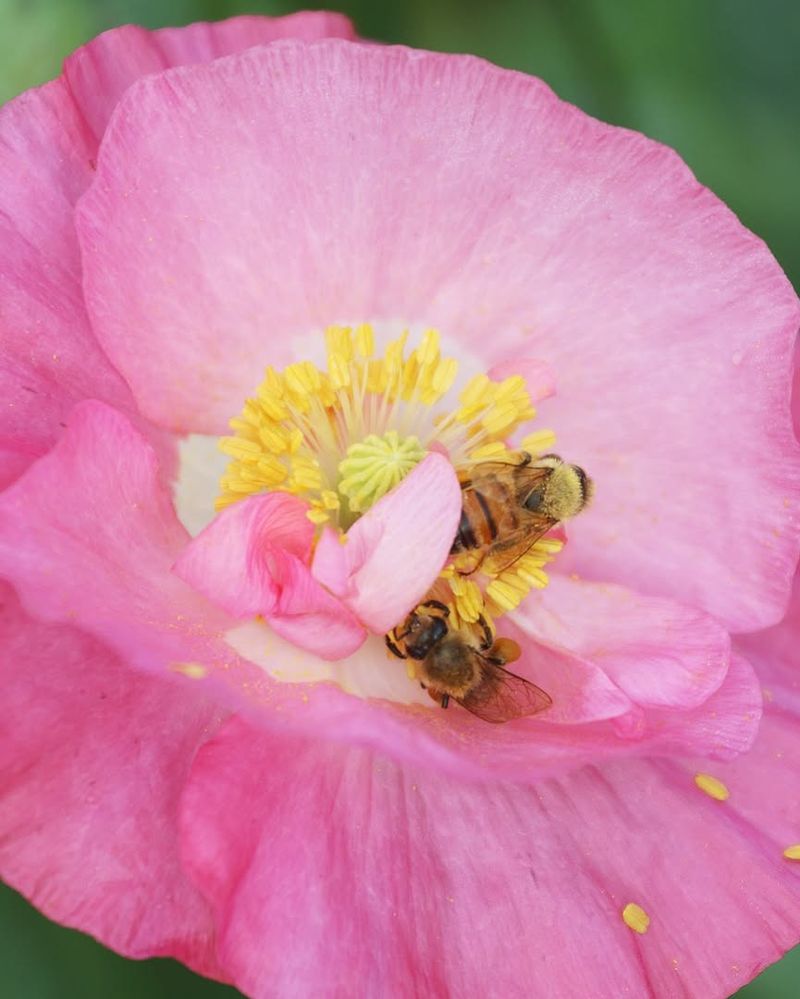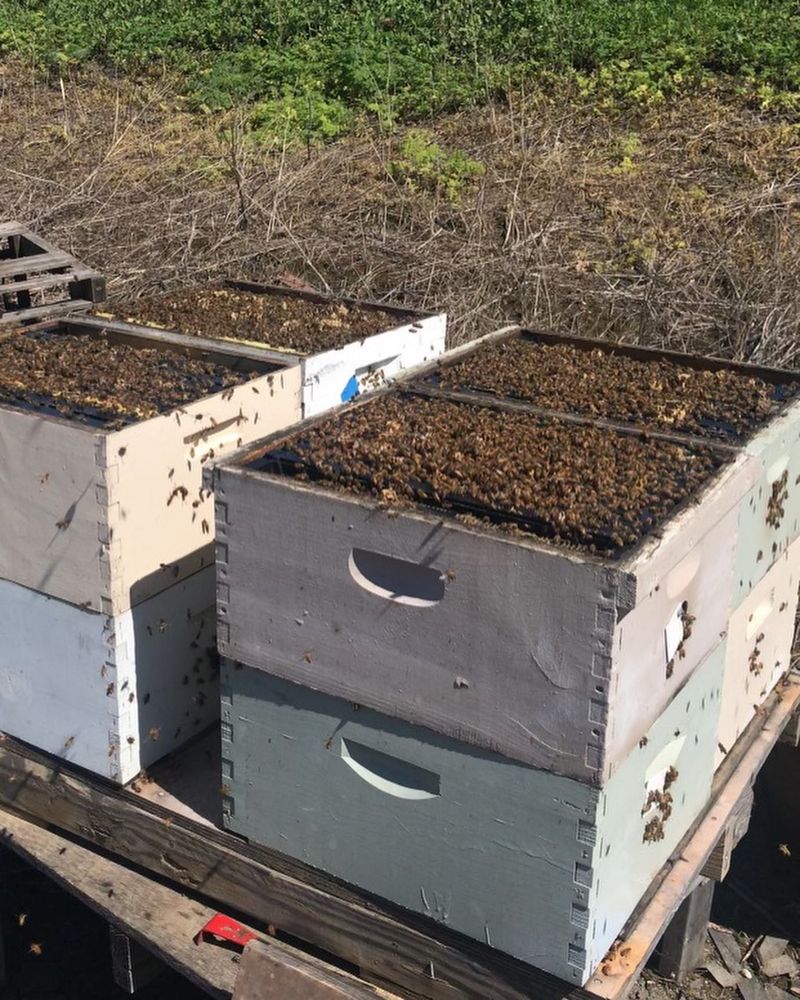Bees play a vital role in Nevada’s ecosystem, pollinating wildflowers, crops, and native plants across the desert landscape. Without them, many plants would struggle to reproduce, and our food supply would be in serious trouble.
Unfortunately, bee populations in Nevada have been declining at an alarming rate, and scientists are working hard to understand why.
1. Pesticide Use In Agriculture
Farmers often spray chemicals on crops to kill harmful insects, but these pesticides can hurt bees too. Neonicotinoids, a common type of pesticide, affect bee brains and make it hard for them to find their way home.
When bees visit treated flowers, they carry toxic pollen back to the hive. Over time, even small amounts of these chemicals can weaken entire colonies and reduce their ability to survive harsh Nevada winters.
2. Habitat Loss And Urban Development
As cities like Las Vegas and Reno expand, wild spaces where bees live are being replaced by roads, homes, and shopping centers. Native plants that bees depend on for food disappear when land gets developed.
Desert wildflowers and shrubs provide essential nutrition throughout the year. Without diverse habitats, bees struggle to find enough pollen and nectar. Protecting natural areas helps give bees the resources they need to thrive in Nevada’s changing landscape.
3. Climate Change And Drought
Nevada has always been dry, but climate change is making droughts more severe and temperatures hotter. Extreme heat stresses bee colonies and reduces the number of flowers that bloom each season.
When plants don’t produce enough nectar due to water shortages, bees can’t gather sufficient food. Unpredictable weather patterns also throw off the timing between when flowers bloom and when bees emerge, creating a mismatch that threatens bee survival across the state.
4. Parasites And Disease
Tiny parasites called Varroa mites attach themselves to bees and suck their blood, weakening them significantly. These mites spread viruses that can wipe out entire hives within months.
Other diseases like Nosema fungus attack bee digestive systems, making it impossible for them to absorb nutrients properly. Colony Collapse Disorder, where worker bees mysteriously abandon their hive, has been linked to combinations of parasites, diseases, and environmental stress factors affecting Nevada bee populations.
5. Invasive Plant Species
Non-native plants like cheatgrass and Russian thistle have taken over large areas of Nevada, pushing out native flowers that bees prefer. Many invasive species don’t provide the right kind of pollen or nectar bees need.
Cheatgrass dries out quickly and creates fire hazards, destroying bee habitat when wildfires spread. Native plants evolved alongside Nevada’s bees, offering perfectly timed nutrition. Invasive species disrupt this balance, leaving bees hungry during critical seasons when they need energy most.
6. Lack Of Wildflower Diversity
Bees need different types of flowers blooming throughout spring, summer, and fall to stay healthy. Modern farming often focuses on single crops, which means fewer wildflower varieties for bees to visit.
Just like humans need a balanced diet, bees require diverse pollen sources for proper nutrition. When landscapes only offer one or two plant types, bee immune systems weaken. Planting native Nevada wildflowers like desert marigolds and lupines creates the variety bees desperately need.
7. Light Pollution At Night
Bright city lights from Las Vegas and other Nevada towns confuse bees and disrupt their natural rhythms. Some bee species are active at dawn or dusk, and artificial lighting tricks them into flying at the wrong times.
Nocturnal bees that pollinate night-blooming desert plants get disoriented by streetlights and building illumination. This confusion wastes their energy and makes them vulnerable to predators. Reducing unnecessary outdoor lighting helps bees maintain their natural schedules and improves their chances of survival.
8. Commercial Beekeeping Stress
Commercial beekeepers transport hives across Nevada to pollinate almond orchards and other crops, but this constant moving stresses bee colonies tremendously. Bees get shaken during transport and exposed to diseases from other hives.
Forcing colonies to work year-round without proper rest periods exhausts them. Wild bees also suffer when commercial operations spread parasites and compete for limited flower resources. Supporting local beekeepers who practice sustainable methods helps reduce stress on both managed and wild bee populations statewide.

